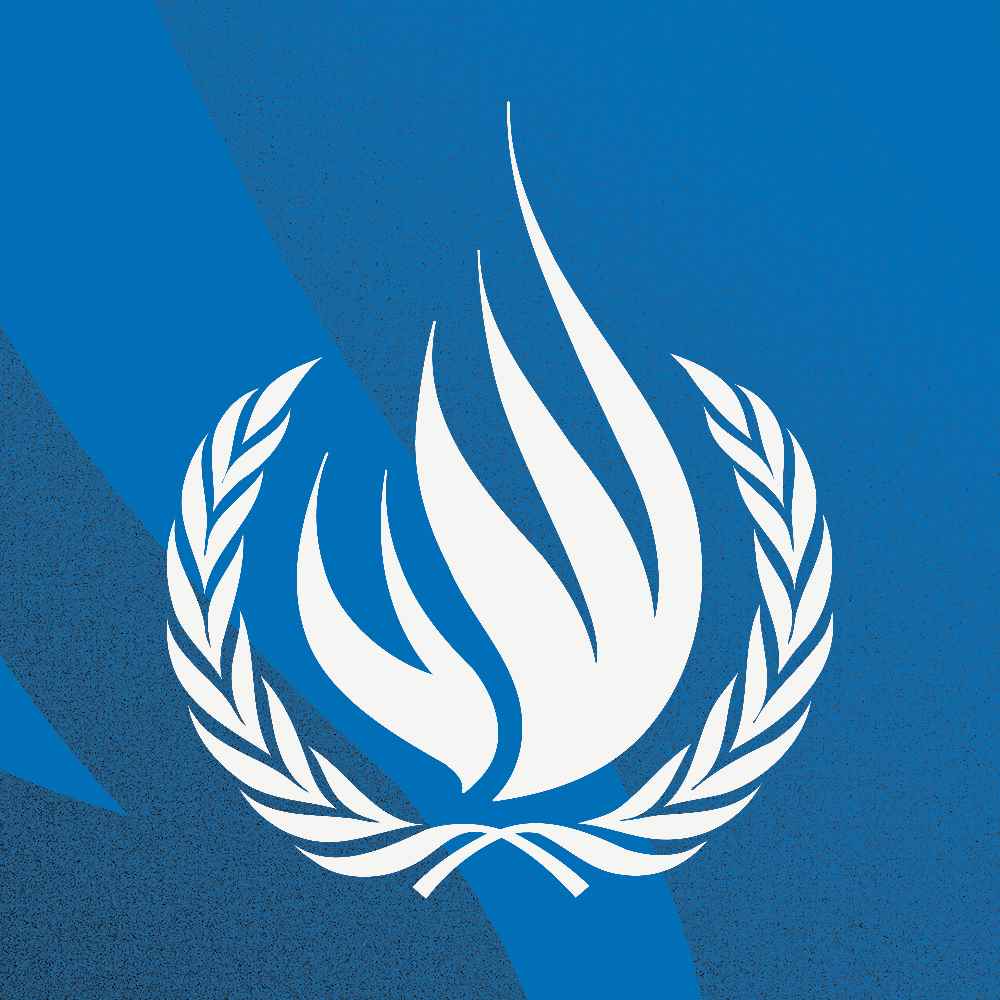
The role that Iranian women have played in changing the sociopolitical and religious dynamics of the Islamic Republic has unfortunately been subject to little scholarly work. Since the ruling mullahs came to power in 1979, one of the biggest threats to the survival of their theocratic establishment is resistance by women.
Iranian women were at the forefront of the revolution: They were fighting for gender equality, social justice, the rule of law, and a representative and democratic system of governance. Realizing that women were significant to the revolution, the mullahs initially made false promises pledging to improve their rights. After the shah was ousted, tens of thousands of women across the country took to the streets to celebrate. But the celebrations turned into protests, including demonstrations in front of the new prime minister’s office in Tehran, after they realized that the mullahs had hijacked the revolution and turned the tide against women.
Iran’s Supreme Leader Ruhollah Khomeini began issuing decrees restricting women’s rights just a few days after gaining power. Gender laws were changed in the constitution, including those pertaining to the Family Protection Law, playing sports, child custody, citizenship, inheritance and retribution (with new rules such as allowing flogging and stoning), to name just a few. The regime suspended the Family Protection Law, dismantled family courts and imposed the compulsory veil and dress codes on all women. Many women were expelled from their jobs, arrested and tortured, and they were forced to obey the mullahs’ rules.
Decades of progress were rolled back against an overwhelming majority of the country’s women. But they did not surrender — they continued their movement to take back the revolution. The regime’s thugs and forces used brute force and violent tactics, such as attacking women with knives, bricks, stones and broken glasses.
Despite the fact that the regime continues to force women into accepting a traditional female role in the new social order of the theocracy, they have continued to defy and resist the regime in order to close the gender gap throughout the last 40 years.
Education has been an important tool that women utilize as a mode of resistance. In spite of the legal and political impediments they face, and in spite of the fact that the Iranian leaders banned women from pursuing some fields, greater numbers of women now attend universities. They now constitute more than half of the university students in Iran.
For almost 90 years, Iranian women have struggled under the Pahlavis and the mullahs and have protested against their subjugation, dehumanization and suppression
Dr. Majid Rafizadeh
Another mode of resistance against the regime has been to cross the boundaries of the theocracy’s dress code. At the beginning, when some women showed strands of their hair as a sign of resistance, the regime imprisoned and violently cracked down on them. But, when millions of women and girls across the country resist simultaneously, the regime finds it impossible to arrest and imprison all of them. This is the power of large numbers that the regime fears.
Demonstrating their resistance to the regime by defying the compulsory veil reached a new level when a young woman, Vida Movahed, stood on a box in one of the most crowded streets in Tehran in December 2017, took off her headscarf and waved it on a stick. Video and pictures of the incident went viral.
Social media has helped circulate images of the defiance of Iranian women against the regime’s forces. Other women joined Movahed and dozens were arrested, but a new movement called the “daughters of the revolution” was born. Other known Iranian women’s rights movements of the last two decades include “One Million Signatures,” which sought to gain that many backers for the repeal of discriminatory laws, and “My Stealthy Freedom,” an online campaign where women from around Iran oppose the Islamic Republic by posting photos of themselves not wearing a headscarf.
Zahra, an Iranian teacher, feminist and activist who lives in Tehran, told me that: “Iranian women are patient. We struggled during the shah’s era and continue to do so now. We do not resort to violence. Every minute of the day, we are peacefully resisting the theocracy and forcing it to change its laws. Without the Iranian women, there would not have been a revolution in 1979. And we will continue our struggle to change this regime as well.”
Zahra’s statement highlights an important fact: Iranian women are nonviolently fighting the regime through their day-to-day activities. Every act, including dressing, socializing, partying, dancing, dating, and engaging in public activities, has become a way to resist the ruling mullahs.
In conclusion, for almost 90 years, Iranian women have struggled under the Pahlavis and the mullahs and have protested against their subjugation, dehumanization and suppression. Although the Islamic Republic continues to crack down on them, women have used their day-to-day activities to resist the regime. Therefore, one of the biggest threats to the continuing rule of the clerics is women’s widespread and growing resistance across the nation.
• Dr. Majid Rafizadeh is a Harvard-educated Iranian-American political scientist. He is a leading expert on Iran and US foreign policy, a businessman and president of the International American Council. Twitter: @Dr_Rafizadeh
Disclaimer: Views expressed by writers in this section are their own and do not necessarily reflect Arab News" point-of-view












